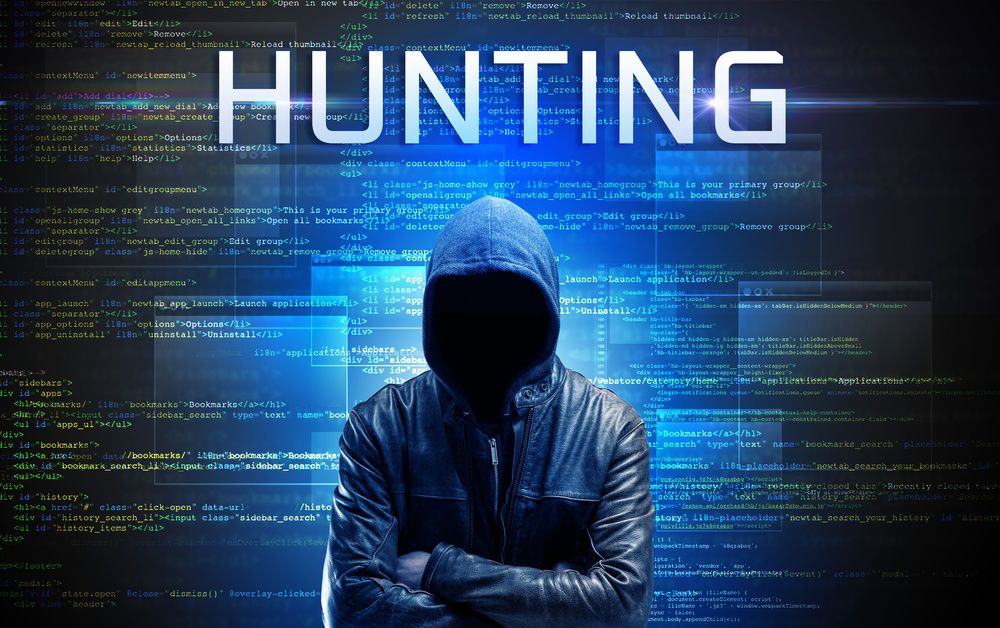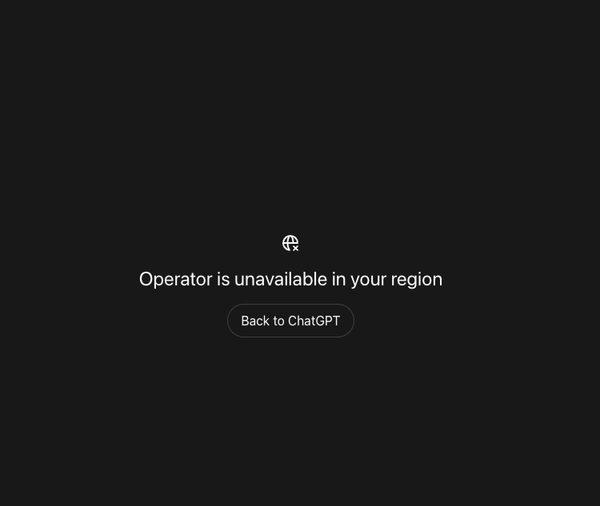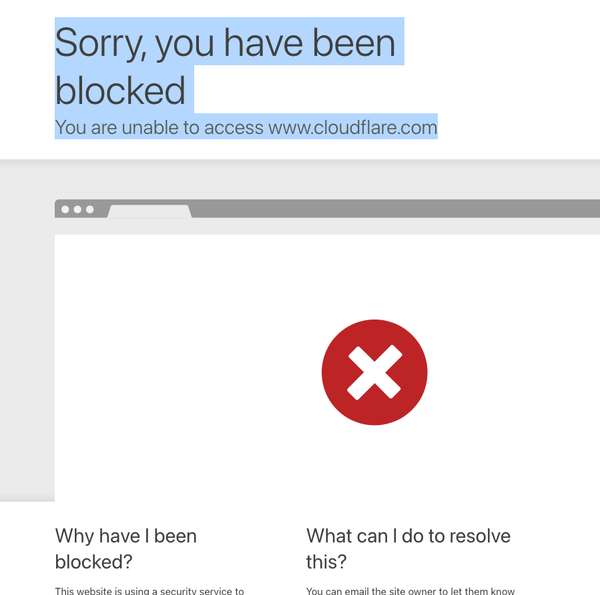8 Expert Tips For Cyber Threat Hunting
Table of Content
In today’s high-tech world, businesses can no longer be passive when dealing with cybersecurity. Typically, by the time a threat is detected and terminated, it’s already too late. To defend and protect your organization, you must proactively hunt and identify security risks through cyber threat hunting.
Cyber threat hunting revolves around proactively searching for various cyber threats lurking undetected in your network or system. It digs deep to look for malicious actors in your network environment that may have slipped past your endpoint security defenses. This is why organizations should consider cyber threat hunting services to respond rapidly to potential attacks and stay ahead of emerging cyber threats these days.

If you want to make the most out of cyber threat hunting, here are the expert tips you should know about:
1- Use Enough Resources
To ensure effective cyber threat hunting, you must use sufficient resources, including tools and threat hunters. A threat hunter can be anyone with in-depth knowledge of operating systems and other systems, such as database servers, web servers, and networks.
The tools used for threat hunting may vary depending on your company’s goals. However, you should invest in specialized security solutions and dark web monitoring tools to make the process easier. It may also come in handy to ask professionals about the other tools you may use to ensure efficient threat hunting.
2- Leverage Outsourced Experts
You can leverage outsourced experts for better cybersecurity solutions if your company needs more resources to implement cyber threat hunting. There are many benefits of outsourcing threat-hunting activities to external security service providers.
One of these benefits is that security providers have several teams of professionals with specialized expertise in threat hunting. And they have state-of-the-art technology that can help determine threats effectively.
Other outsourcing providers also offer extended detection and response (XDR) solutions as part of the service. These solutions collect data across cloud workloads, networks, email protection systems, and identity management systems to detect and eliminate possible attacks. Such solutions can be a game changer in cyber threat hunting as they reduce the time to discover unknown and sophisticated threats lurking in your system or network.
3- Dedicate Time For Cyber Threat Hunting

Your security team has different responsibilities, including investigating alerts, protecting infrastructure, and other activities. If it’s also responsible for your information technology (IT) needs, there can be more responsibilities for every team member.
With that in mind, your security team may take threat hunting for granted. Once it happens, it may not be able to detect unknown or more advanced threats. To avoid this, it’s essential to let your security team dedicate more time to threat hunting. For example, assign each team member every week to spend time on threat hunting.
4- Know What’s Normal In Your Company
Cyber threat hunting aims to discover abnormal activities that may lead to grave damage to your organization. Understanding what’s normal in your environment is critical when hunting threats. Knowing the normal operational activities makes it easy to sift through anomalous activities and identify the actual threats.
To do this, your threat hunting team must collaborate with key personnel outside and within your IT department to gather insights and other valuable information. Case in point, your team should work with analysts who understand your company’s complete architecture, including applications, networks, and systems. This way, your threat hunting team can quickly discover possible vulnerabilities and weaknesses that can give opportunities to cyber criminals.
In addition, building relationships with key personnel outside and inside your IT department is vital. It’s because these people may help threat hunters differentiate normal and malicious activities properly.
For instance, every issue found by threat hunters may not always be considered as dangerous. But rather, they can be unsafe practices. So, with a trusting relationship with others, your cyber threat hunting team can do its job better, improving your company’s security posture over time.
5- Prioritize Based On Risk
Threat hunters may investigate various potential threats in your organization. Nonetheless, there might be more testable hypotheses than threat hunters can investigate. So, when planning an investigation, your cyber threat hunting team must prioritize based on the risk to your organization. Focusing on high-probability, high-risk threats can help maximize the value of your threat hunting activities.
6- Protect Every Endpoint
Endpoint security is the information security methodology to safeguard the organization’s network by monitoring endpoints or network devices and their activities, authorization, authentication, and software. Protecting every endpoint is essential, as negligence may leave an empty spot for attackers.
Often, endpoint security can be protected using security solutions installed on the gateway or server within a network. Unfortunately, advanced persistent threats may not be prevented by using security software alone. As a solution, organizations must deploy endpoint protection software solutions.
By protecting every endpoint, you can perform cyber threat hunting with ease and more effectively. It improves your company’s cyber defense as well.
7- Document All Threat Hunts
The best threat hunters don’t only attempt to eliminate or contain malicious activities. And they document all threat hunts they’ve performed.
Documentation provides your organization with detailed technical information on every case. It also gives you more reason never to stop cyber threat hunting.
To organize the collected data in every hunt, it’s wise to use a tool that’ll keep all hunting activity data in order. This way, you can quickly revisit the steps should you suspect repeated intrusions, allowing your team to create an effective solution.
8- Stay Updated With The Latest Trends
As technology becomes more advanced, cybercriminals continue to develop new threats regularly. To ensure effective threat hunting, your team must stay updated with the latest trends in the cybersecurity landscape.
Learning the newest trends can also help them discover the possible techniques they can consider uncovering more unknown threats that may pose a risk to your organization. Moreover, keeping up-to-date allows your threat hunting team to develop better solutions to boost your company’s cybersecurity in the long run.
To get the latest trends, you can read news online or participate in webinars discussing the newest cybersecurity landscape. You may even ask cybersecurity experts for more information, allowing you to be one step ahead of attacks.
Conclusion
Cyber threat hunting can be a time-consuming and tedious process. Yet it can make a difference in improving your organization’s cyber defense and avoiding potential attacks. So, don't hesitate to implement cyber threat hunting if you don’t want to risk your company and protect your data against vulnerabilities.
Author: Jamie Parker
Jamie Parker is a digital marketing expert who writes cybersecurity-related articles on the side. During their free time, they love reading books and spending their quality time with their family and friends.












